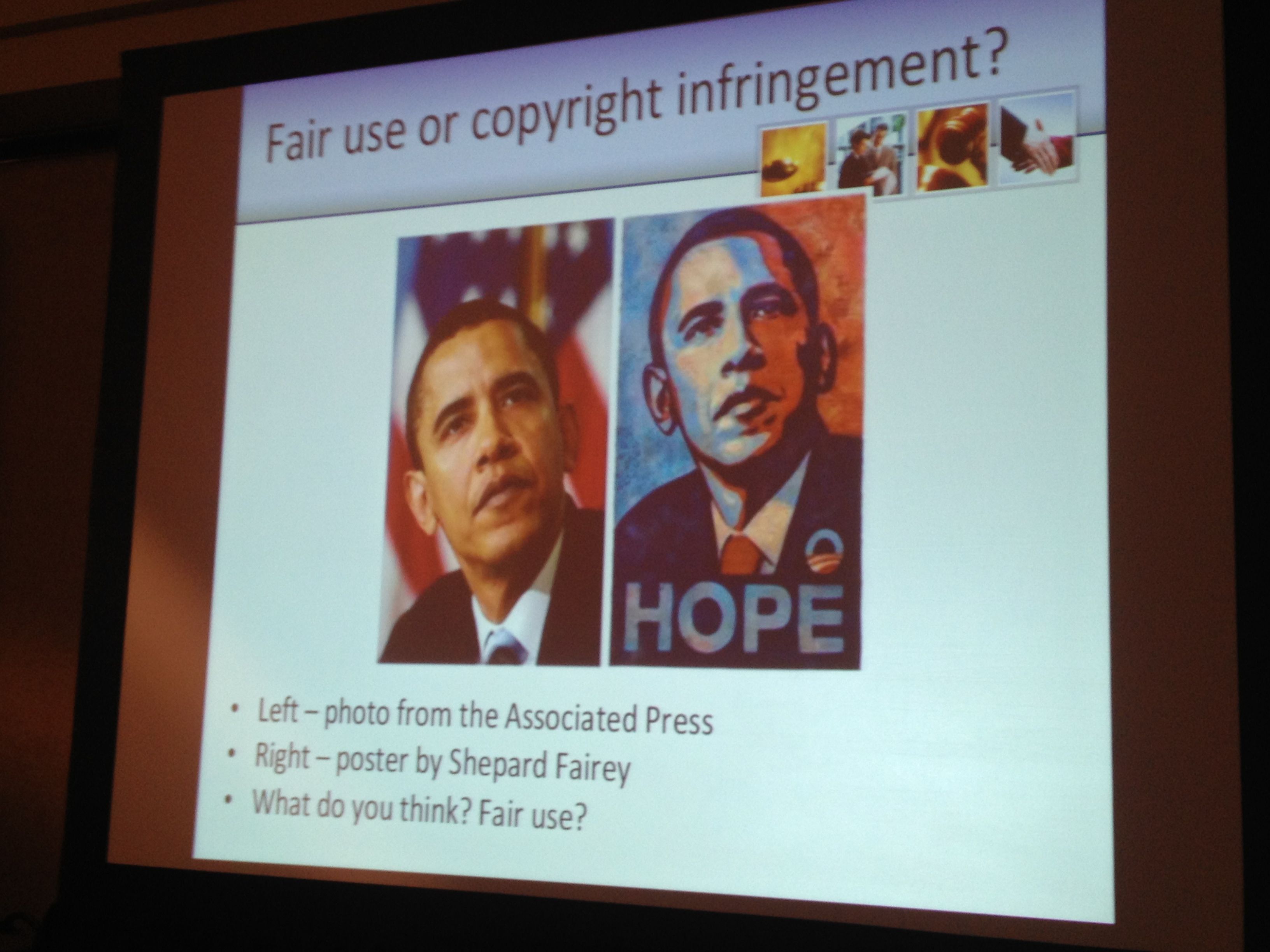 If a monkey takes a picture of itself in the woods, and no one’s around, who owns it? What if he posts it on Pinterest or tweets it out? Does it make a difference?
If a monkey takes a picture of itself in the woods, and no one’s around, who owns it? What if he posts it on Pinterest or tweets it out? Does it make a difference?
According to Senior Lecturer Dara Quackenbush, everything makes a difference — even when it’s a monkey, and especially when it’s on Twitter. In her panel “Can You Tweet That? Social Media and the Law,” Quackenbush used several examples to illustrate the fact that we’re still in a very trial-and-error period in the world of social media publishing regulations.
Quackenbush highlighted the fact that because copyright laws are so far behind technology, a lot of situations are still being tested. Years of experience have shown us it’s not slanderous for John Stewart to broadcast slams against George W. Bush in a comedic way, but how do you handle a disgruntled tweeter whose apartment complex is too moldy? What about a “F*CK Casey Anthony” Facebook page, especially with multiple authors commenting about “hiring a hitman” to “take her out.” Are these users protected under the First Amendment, or are we dealing with hate speech? While laws that say this kind of written violence must be considered “immediate” to really be illegal, it’s still difficult to make laws specifically focused on social media.
 Quackenbush covered the requirements for defamation, libel, what constitutes a “public person” and copyright. She said that while these laws are by and large the same, no matter the medium, companies like Pinterest and Flickr use their own methods to attribute control each user’s creation. Other social sites like Facebook and Twitter have specific user agreements that usurp an uploader’s control on his or her content to be used for a Facebook commercial or Twitter’s promotional material.
Quackenbush covered the requirements for defamation, libel, what constitutes a “public person” and copyright. She said that while these laws are by and large the same, no matter the medium, companies like Pinterest and Flickr use their own methods to attribute control each user’s creation. Other social sites like Facebook and Twitter have specific user agreements that usurp an uploader’s control on his or her content to be used for a Facebook commercial or Twitter’s promotional material.
In conclusion, Quackenbush said laws still have a long way to go, as they do not keep up with technology. She said more and more of these issues will rise, as she advised people to remember common sense and the golden rule. Even a monkey can handle that.
